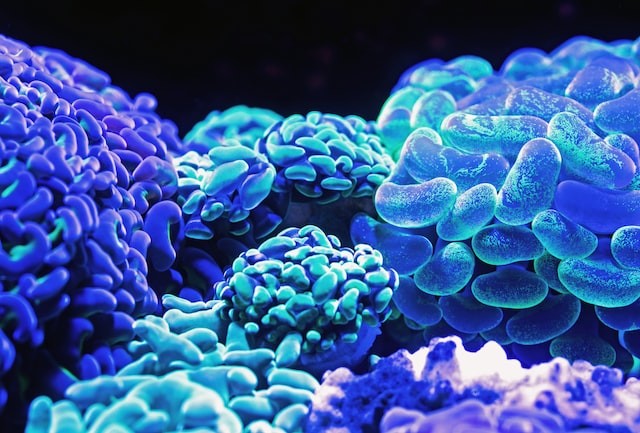Wouldn't it be nice to have your personal backyard fairyland, a garden where the flowers and foliage shine at night? If so, there is help available.
Bioluminescent fungi can continuously generate green light for days because they have the only genetically encodable bioluminescent system among eukaryotes.
The water-soluble and cell-permeable nature of fungal luciferin, as well as the fact that its light-emitting reaction is not ATP-dependent, make the fungal bioluminescent system appealing for a variety of biological imaging applications.
Plants can be used to produce light
 (Photo : David Clode/Unsplash)
(Photo : David Clode/Unsplash)

Scientists have been working on creating plants with auto-luminescence-the ability to shine in the dark-for some time.
Significant success has recently been attained, as per Business Line.
However, how is it feasible to get plants to produce light? The genes that cause the illumination in fireflies may be taken and injected into plants, which is one straightforward method that scientists initially experimented with.
But it appears there are also other approaches.
Fungal luciferin, a substance that gives luminous fungi their light, was created through biosynthesis by researchers at the Institute of Bioorganic Chemistry, Russian Academy of Sciences, in Moscow.
To produce bioluminescence, these fungi use a substance known as caffeic acid.
Luciferin is created when four enzymes react with caffeine acid.
Now, plants contain caffeine acid. The genetically modified plants were designed to transfer a certain amount of caffeic acid to the fungi, and the fungi were then left to complete the task.
In more recent years, scientists at MIT in the United States have created plants that glow at night and emit light all through the night by infusing them with nanoparticles that collect light during the day and emit it at night.
They used a substance called strontium aluminate, coated it in silica for protection, and then inserted it into the pores or stomata on the surface of leaves.
A phosphor is a substance that really can absorb light or UV radiation and emit it at night. Strontium aluminate is one such substance.
According to the scientists, it is conceivable to introduce luminous plants that offer both real lighting and a delightful glow.
Also Read: Are Rechargeable Glow-in-the-Dark Plants the Better Alternative for Electric Lights?
Fungal Bioluminescence
Four different lineages of luminous mushrooms exhibit cross-reactions, which suggests that they all share a similar bioluminescent mechanism, as per ACS Publication.
Yampolsky lab has performed a number of good tests that have uncovered the essential elements of fungal bioluminescence (BL), from luciferin to emitted light.
The precise underlying mechanism and mechanisms, however, are still unknown.
They elucidated the bioluminescent process's molecular and electronic state by calculating multireference and (time-dependent) density functional theory.
The formation of a-pyrone endoperoxide high-energy intermediate results from the cycloaddition of O2 to luciferin, which starts the fungal BL.
Instead of a single-electron transfer, as in firefly BL, a charge transfer accompanied by a spin inversion process explains how this oxygenation occurs.
The thermolysis produces oxyluciferin via a zwitterion intermediate in the first singlet excited state. A chemical variation of oxyluciferin in the S1-state has the capacity to emit light.
To fully comprehend the chemical mechanisms in fungal BL and chemiluminescence involving a-pyrone endoperoxide, one must grasp the current theoretical computation in considerable depth.
Related Article: Glowing Plants To Replace Lamps? This Group Is Working To Make It Happen Despite Warnings From Environmentalists [VIDEO]
© 2024 NatureWorldNews.com All rights reserved. Do not reproduce without permission.

![Tsunami Hazard Zones: New US Map Shows Places at Risk of Flooding and Tsunamis Amid Rising Sea Levels [NOAA]](https://1471793142.rsc.cdn77.org/data/thumbs/full/70325/280/157/50/40/tsunami-hazard-zones-new-us-map-shows-places-at-risk-of-flooding-and-tsunamis-amid-rising-sea-levels-noaa.jpg)



